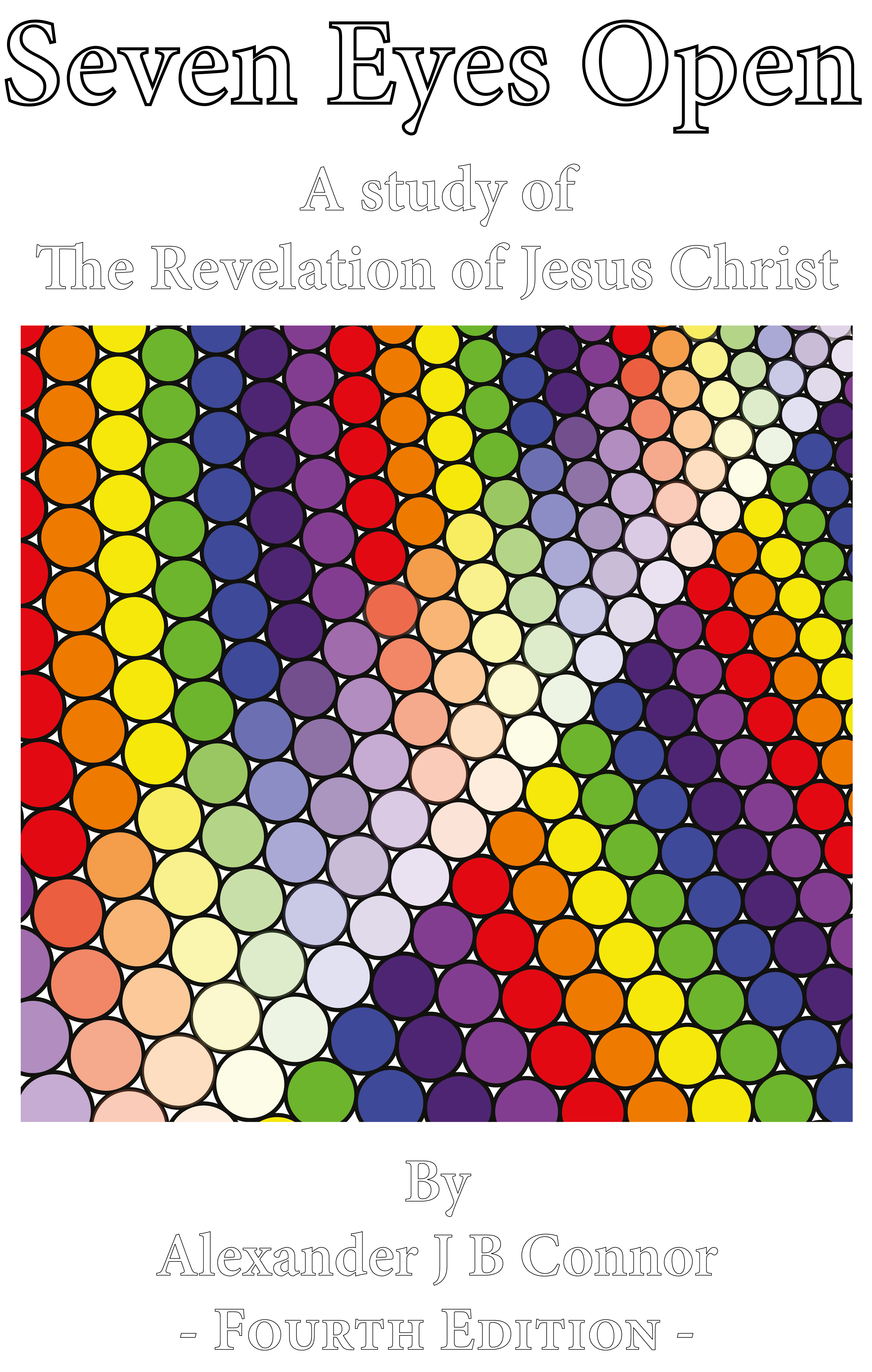 Gödel's Modal Proof
(Sometimes referred to as his ontological argument)
This proof is the most complicated so far, including much
notation. This is a somewhat shortened version of an online page for
Gödel's proof,
which can be visited HERE
if you prefer to delve in. A nice neat .pdf file with the complete proof is found at this link.
Postulates:
N(a)=>a
a=>P(a)
N(a=>b) =>[ N(a)=>N(b)] (modal modus ponens)
N(a) is true whenever a is provable, (Necessitation postulate)
N(a)=>N(N(a))
Beckers Postulate S4
P(a)=>N(P(a))
Beckers postulate S5
Definition
F is an essence of x if for every property G of x,
N(G(x)) ó
N(Fx=>Gx)
I.e. N(Fx), F is an essential property of x
Anselm's Axiom 1
P(a)
Anselm's Axiom 2
a=>N(a)
Axiom G0
Pos(F)=>N(Pos(F)),
I.e. positivity is free from contingency, And a form of 'pure
attribution'. That is, what is not necessary could not be positive.
Axiom G1
Pos(F)=>¬pos(¬F)
Negation of a positive property is privation, i.e.
its lack could not be positive.
Definition
F => H if N(given x)[Fx=>Hx]
and I say F entails the property of
H necessarily in x, that is, x necessarily has H if it has F.
Axiom G2
Pos(F)=>[(F=>H)=>Pos(H)]
A property entailed from a positive is itself
positive. Privation of H means lack of F.
Definition
F is consistent if it is possibly exemplified, ie,
P($x)F(x)
is true.
Theorem G1 : Pos(F)=>F is consistent
Let Pos(F) be true, if F is inconsistent, then F=>¬F. So G2 implies
Pos(¬F) is true, but from G1 and Pos(F), ¬pos(¬F), a contradiction, QED.
Definition G1
x is 'God-like', ie G(x) is true, if all essential properties of x are
positive, and all positive properties of x are as essential properties, ie
G(x) ó
("F):[N(Fx)
ó
Pos(F)]
Definition G2
I formulate an essence of an individual as follows,
F Ess x = ($F)("H)
[ N(Hx) ó
(F=>H) ]
Thus F and H will be realized in common or fail to be
realized in common as essences.
Definition G3
NE(x) ó
("F):[F
Ess x => N($y)Fy]
I say that an individual x exists necessarily if every property which is
an essence of x is necessarily realized in some individual
Axiom G3
Pos(G)
Being God-like is positive.
Corollary G1
P($x)(Gx)
Proof : theorem G1, Axiom G3
Axiom G4
Pos(NE) necessary existence is positive
Theorem G2
If a being is God-like, then being God-like is an essence of the
individual.
Gx =>
G Ess x
Proof
Suppose Gx is true and x necessarily has property H., Ie N(Hx) is true.
Then by definition G1, I have Pos(H), but N[Pos(H) => ( $y)(Gy
=> Hy)] from definition G1 (Recall that Gx is true) and that if
something necessarily has a property then it has the property. However, by
Axiom G0, N(Pos(H)) is true,
by modal modus ponens, I have N($y)(Gy=>Hy).
So if x has any property H necessarily, then that is entailed by the
property G, so G=>H.
Conversely, suppose Gx is true and G=>H then by axioms G2 and G3, I
have Pos(H) ). It follows that a God-like individual x has property H
necessarily, by Definition G1. That is, N(Hx) is true
Putting both sides together, G Ess x
Theorem G3
Necessarily the property of being Godlike is exemplified
N($x)Gx
Proof
IF Gx were true, then by Definition G1 x has every positive property
necessarily. Axiom G4 states necessary existence is positive, so NE(x) is
true. But by theorem G2 if Gx were true, G Ess x is true by Definition G3,
if any x is godlike then 'godlike' as a property is necessarily
exemplified, ie
($x)Gx
=> N($x)Gx
this follows from Definition G1, Axiom G4 and Theorem G2. This is axiom 2
of Anselms argument.
The necessitation axiom of modal logic gives
N[($x)Gx
=>N($x)Gx]
A theorem of modal logic (provable : consider (a=>b) = ¬N(a&¬b))
is that; N(p=>q) => (N(p)=>N(q))
Combining this,
P($x)Gx
=> P(N($x)Gx)
By corollary G1, ie P($x)Gx
is true, it follows that P(N(($x)Gx))
is also true.
But by a theorem of S5, (simple contrapositive shows true) P(N(x))=>N(x)
Thus N($x)Gx
So it is necessary that such an individual exists who has
the property of being 'God-like'.
Which was what was wanted. //
Continue To Next Page
Return To Section Start
Return To Previous Page |






